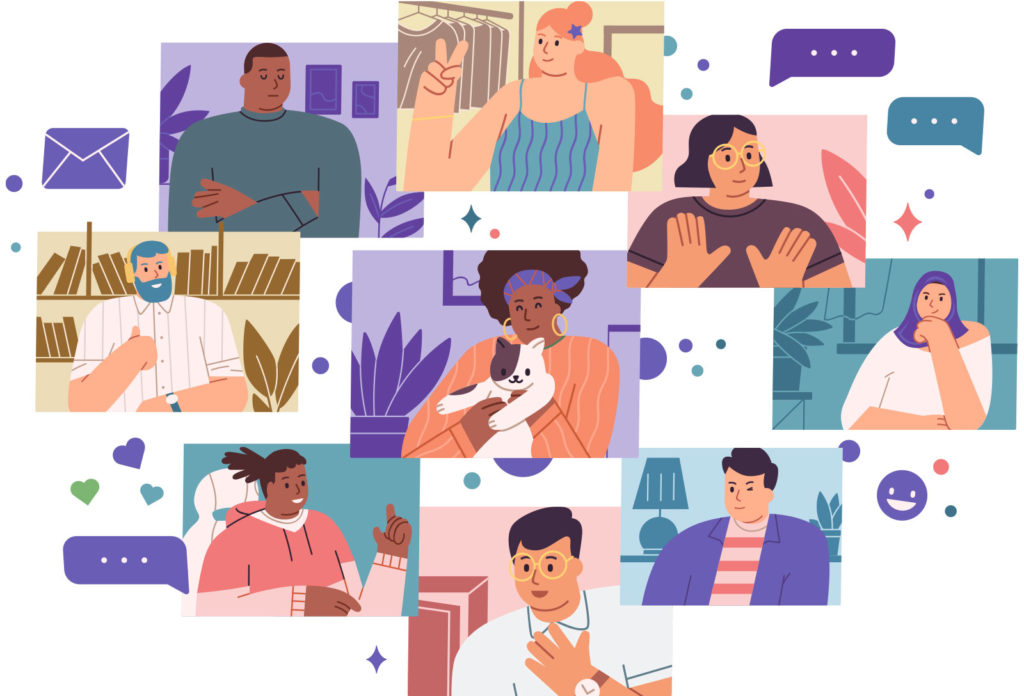
Diversity is humanity’s greatest brand, and our most under-utilised asset. By managing diversity, creating and maintaining a positive environment in which individual differences and similarities are valued, we can avoid unfortunate consequences such as the current situation in Shepparton, Australia. Equitable representation across subsections of society is paramount. An independent report into its college found a high number of instances of ethnically and racially motivated violence among students and allegations of discriminatory attitudes from staff.
When it comes to conflict, we need to look to the source. On a global scale, nearly all international conflicts have a cultural element. On a much smaller scale – such as in this case – the throwing together of students from the handful of regional schools into a “super school” was done with little consideration for the potential social ramifications. The consequence has been poor morale amongst staff, and yes, violence erupting among students.
The report into the school’s problems was leaked to the ABC. In it, some facts were revealed: of the 2700 students, 575 were from ‘multicultural backgrounds’. Of these, half are indigenous. None of the teaching staff at the time the report was written were from a ‘multicultural’ background. Any training in intercultural awareness or managing diversity offered was optional, not mandatory, and as a result the uptake levels were negligible. Students reported numerous instances of racism from both the teachers and other students.

We talk about representation and mutuality
There is a need for the people who make up organisations to broadly reflect the cultural demographics of the community it occupies or serves. The depressing situation in Shepparton is the most clear-cut example of what can happen when ‘mutuality’ is given second bidding.
It would be fair to assume the students attending the school demographically represent the wider Shepparton region. There exists a glaring lack of mutuality when it comes to the teachers’ demographic representation, however. This presents a major issue for a number of reasons.
The first reason is fairly straightforward – representation matters. This is of particular importance with adolescents, trying to form their sense of self and come to grip with identity. If we want teens to go on to succeed later in life it is advantageous to see people “like them” in positions of authority and influence. This is especially true of teens from low socio-economic backgrounds.
Another reason we should be concerned with this lack of diversity is the impact on the school’s internal culture. Racial discrimination and subsequent conflict is caused largely by ignorance of one other, and the fear that comes from that level of uncertainty. With neither intercultural training nor exposure to other cultures among peers, it is easy to fall back on often-unflattering, shallow stereotypes. This is often done without knowledge, malice or awareness.
Many students, particularly young Indigenous people, reported multiple instances of racism and micro-aggression from their teachers. In and of itself, that’s a problem – no student should feel discriminated against, particularly by their educators. The adverse impact on self-esteem and educational engagement can be significant and long-lasting.
Moreover, by virtue of inaction, the school is potentially normalising a culture of racism and disrespect. Not only are those discriminated against adversely impacted, but other young people take away the idea that it is acceptable to treat their peers this way as well. After graduation, they’ll probably forget most of the set curriculum, but retain their unconscious bias and suspicion of the other.
Exacerbate exposure to a toxic, racist environment with adolescent hormones, and student-on-student violence is the depressingly predictable outcome.
Not only predictable, but so frustratingly, easily preventable.
It is undeniably positive that the state and local governments are willing to invest much money – Victoria’s Department of Education spent more than $119 million on this specific education infrastructure project. The super-school is, from all accounts, state-of-the-art, and offers its students more opportunity than they would otherwise have ever had. But bricks, mortar and a fancy auditorium are not enough – it is also important to invest in the people who are tasked to run the place.

Programs like Diversity Atlas, our diversity-mapping software, can be used to understand the demographic representation of both students and staff, and identify problem areas before problems arise. Bit by bit, the culture can change. We know this is possible. It takes time, and it takes conscious effort, but it’s worth the investment.
Share this Post
